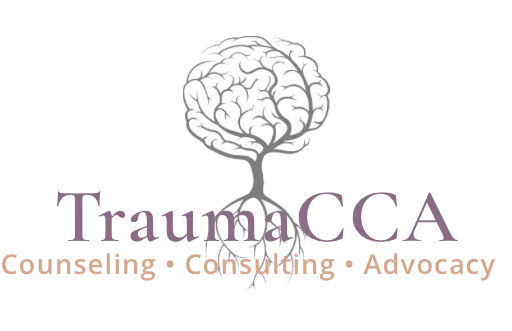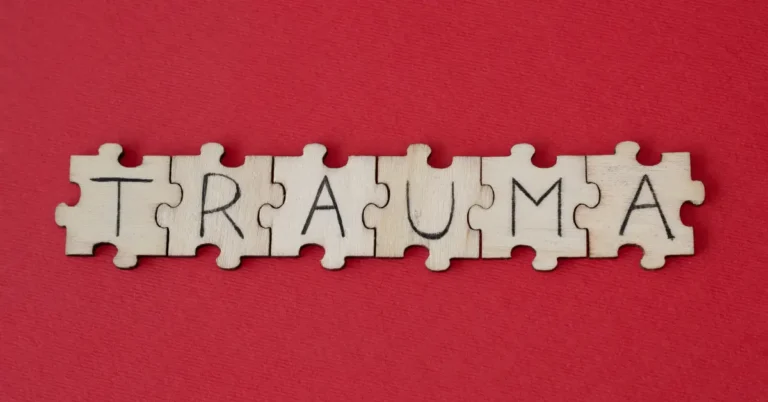Virtual EMDR — 5 Things to Consider
Virtual EMDR (Eye Movement Desensitization and Reprocessing) therapy is a powerful and accessible way to heal from traumatic experiences. It guides your brain through a structured process that helps painful memories feel less overwhelming. And because it can be done online, it removes barriers many people face—distance, mobility issues, safety concerns, packed schedules, or simply the comfort of receiving care from home.
Contents
What Is Virtual EMDR and How Does It Help?
EMDR uses guided eye movements or other forms of bilateral stimulation—like tapping or rhythmic sounds—to help calm the nervous system while recalling a difficult memory. This allows the brain to “reprocess” the experience so it no longer triggers the same fear, shame, or panic.
Virtual EMDR delivers this same process through a secure video session with a trained therapist. You can sit in a familiar environment, feel more grounded, and still receive the full therapeutic benefit of EMDR without needing to travel.

Why Virtual EMDR Is a Game-Changer
Virtual EMDR is transforming access to trauma therapy because it:
• Reaches people who previously couldn’t get care—whether due to distance, disability, parenthood demands, or limited transportation.
• Makes emotional safety easier—many clients open up more freely when they’re in their own space, surrounded by the things that help them feel secure.
• Adds flexibility and convenience—sessions fit more easily into real lives, reducing cancellations and increasing consistency, which is essential for healing.
Real Stories That Show It Works
Across hundreds of experiences, people describe meaningful breakthroughs through virtual work:
• A veteran with years of combat nightmares found relief and hope again, without ever having to leave home.
• A mother processed trauma during her baby’s nap times, finally feeling less overwhelmed and more confident.
• A college student struggling with anxiety during a hectic season gained tools to regulate her fear, all from the safety of her dorm room.
These stories illustrate a core truth: healing can happen anywhere, as long as the right process and support are in place.

Why It Works Scientifically
Virtual EMDR uses the same neurological mechanisms as in-person EMDR. The bilateral stimulation—whether visual, auditory, or tactile—help the brain shift traumatic memories from “raw and reactive” to “processed and less distressing.”
The effectiveness of Virtual EMDR is as grounded in science as in-person EMDR. The brain responds the same way to bilateral stimulation whether the session takes place in a therapist’s office or over a secure online connection. The therapeutic relationship remains intact, and the neurological processes that help soften traumatic memories are unchanged. Peter Levine captures this truth when he says, “Trauma is not what happens to you. Trauma is what happens inside you as a result of what happens to you.” Because healing is an internal process, it does not depend on a specific building—it depends on safety, attunement, and timing.
The Future of Therapy: Virtual as the New Norm
Virtual therapy has now become an integral part of modern mental health care. What began as a necessity growing out of global crisis has evolved into an intentional, client-centered model that recognizes the wide range of human needs. The best trauma therapy has always understood that healing requires safety, consistency, and compassion. Virtual EMDR reflects that understanding. It expands access to care without sacrificing depth or effectiveness, and it honors the emotional realities of people who have lived through overwhelming experiences. As we enter 2026:
• Telehealth platforms prioritize ease, connection, and low-stress user experience, removing the technical hurdles that once made online sessions awkward.
• The rising use of virtual therapy is about equity, privacy, and continuity.
Virtual EMDR reaches people who have been overlooked, underserved, or unable to seek help because traditional therapy environments didn’t feel safe or accessible.
Conclusion
Virtual EMDR brings trauma healing within reach for countless people who previously had no way to access this powerful therapy. It blends evidence-based treatment with modern technology to offer relief, stability, and renewed hope—all from the comfort of home.
If you or someone you love is carrying painful memories, virtual EMDR is a practical, proven, and increasingly common path toward healing. It’s therapy that meets you where you are—literally and emotionally—making the future of mental health care more compassionate, more accessible, and more effective than ever.







One Comment